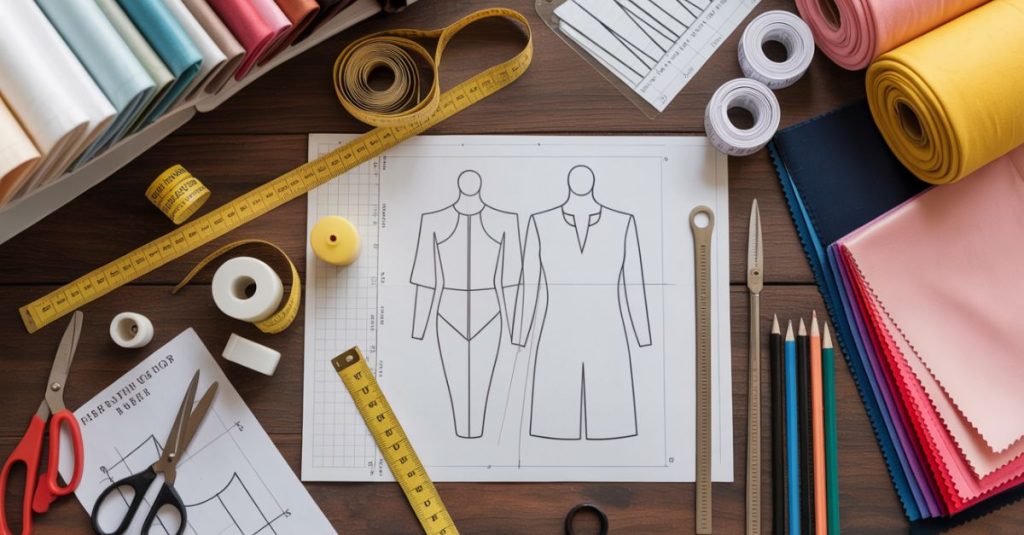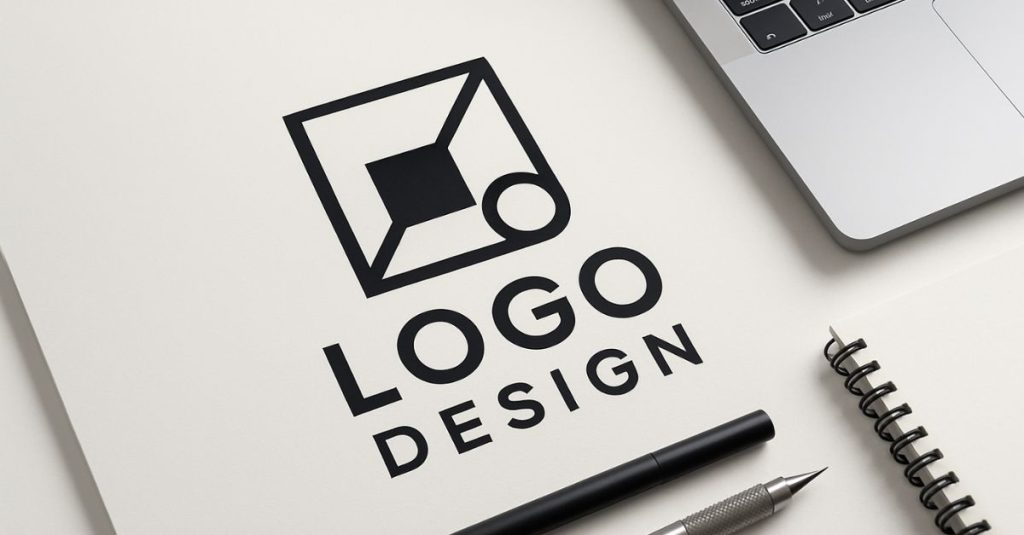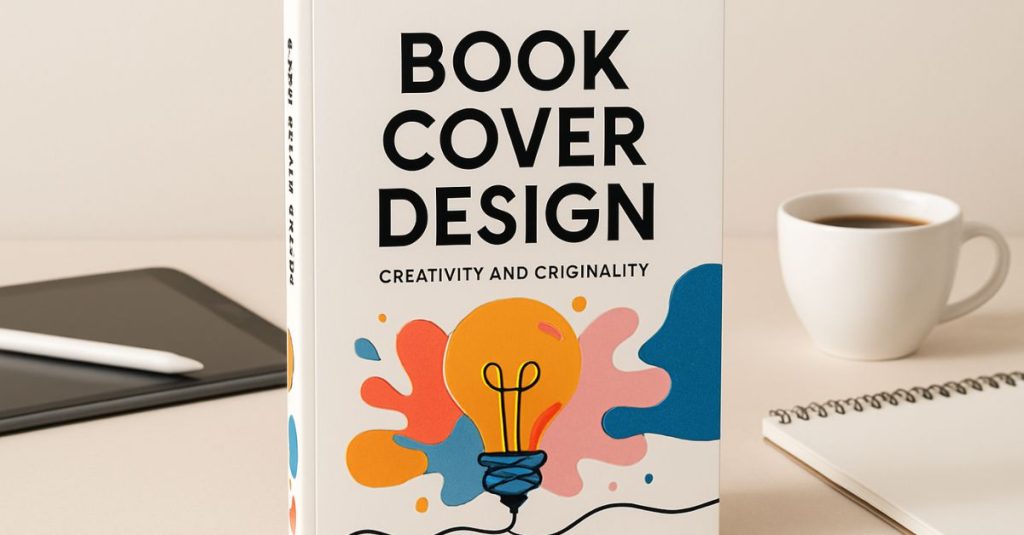If you’ve ever wondered how your favorite dress, shirt, or pair of trousers goes from an idea to an actual wearable piece, the answer often starts with a sewing pattern.
Sewing pattern design is the step that turns creative sketches into a real, usable template for cutting and stitching fabric. Without a proper pattern, a garment simply can’t be produced the way it was imagined.
In this guide, I’ll walk you through the basics of sewing pattern design, why it’s important, the tools you need, and how to create one.
I’ll also share tips on outsourcing pattern making if you don’t want to do it alone.
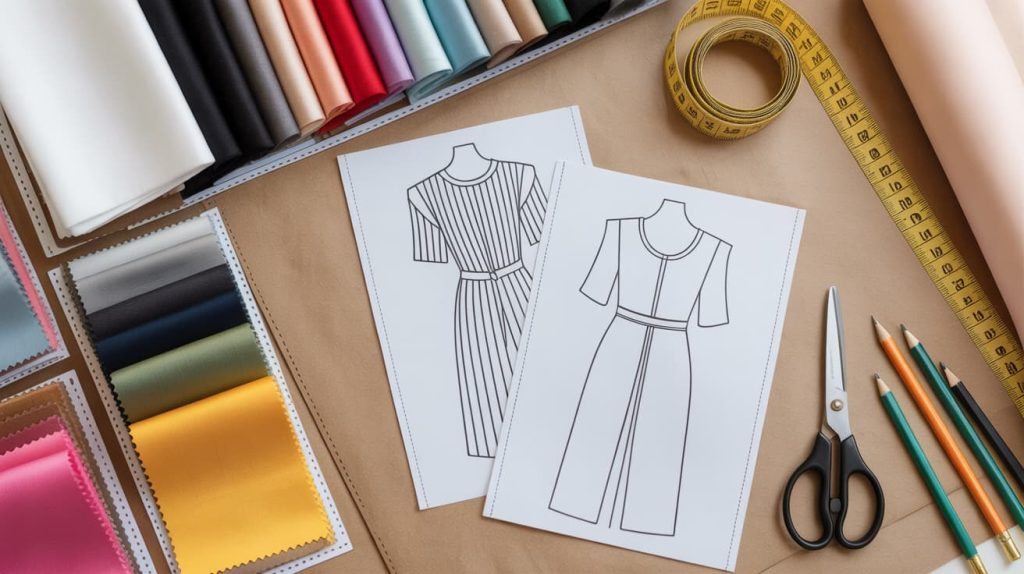
What is Sewing Pattern Design?
A sewing pattern is like a puzzle piece for your garment. It’s a set of templates, usually made on paper or digitally, that guides you in cutting fabric accurately. Once the fabric is cut following the pattern, it can be stitched together to create the final piece of clothing.
Sewing pattern design is the process of drafting these templates from scratch, based on body measurements, fashion sketches, or block patterns. It’s where creative ideas meet technical precision.
👉 Not confident in making patterns yourself? You can always hire a professional sewing pattern designer on Fiverr to get patterns that manufacturers will understand perfectly.
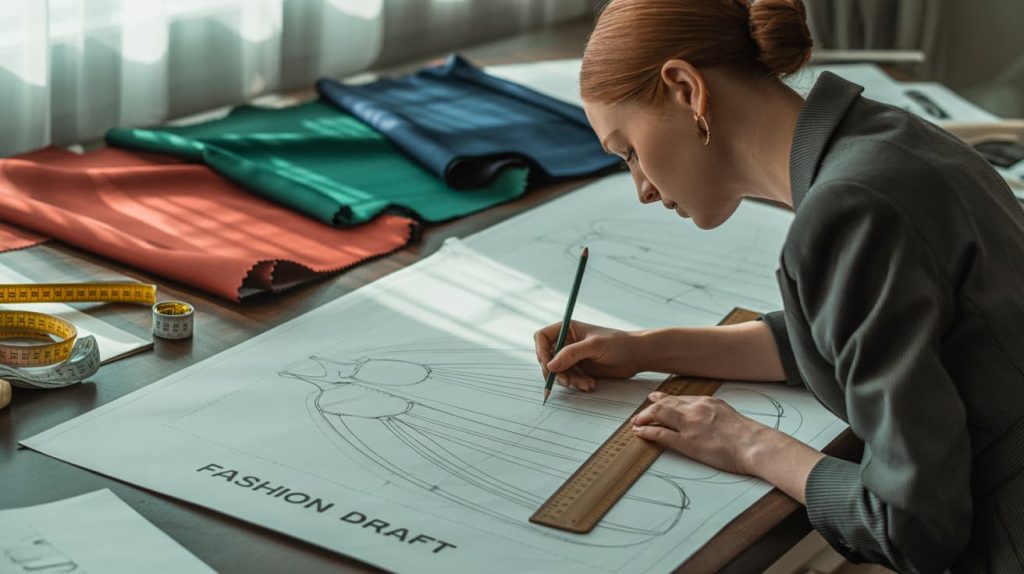
Why is Sewing Pattern Design Important?
Patterns ensure that your design:
- Fits correctly on the body.
- Can be reproduced consistently for multiple garments.
- Keeps proportions balanced and true to the sketch.
- Helps avoid fabric waste and costly errors.
Without patterns, every piece would be guesswork—and that’s not how professional fashion brands work.
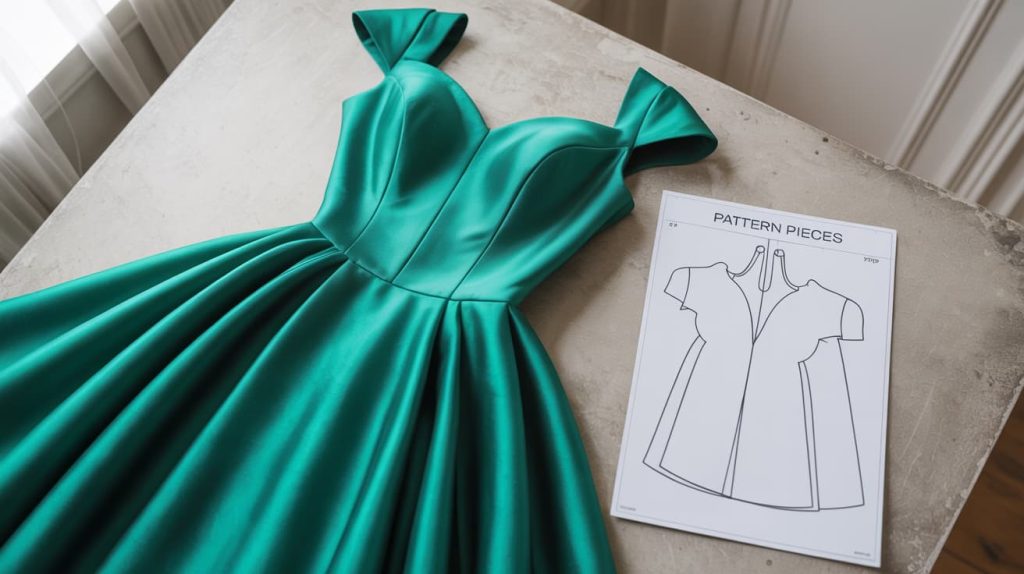
Types of Sewing Patterns
When it comes to sewing pattern design, there are a few main types:
1. Block or Sloper Patterns
These are basic templates created from standard body measurements. Designers use them as a foundation to create new styles.
2. Commercial Patterns
Pre-made patterns that you can buy from pattern companies. They’re great for beginners but not always unique.
3. Digital or PDF Patterns
Modern patterns that can be downloaded, printed, or even sent directly to factories.
4. Custom Patterns
Tailor-made patterns designed for a specific brand, collection, or body shape.
👉 If you want unique patterns for your fashion brand, skip the generic ones and work with a custom sewing pattern designer on Fiverr who can make original patterns for your designs.
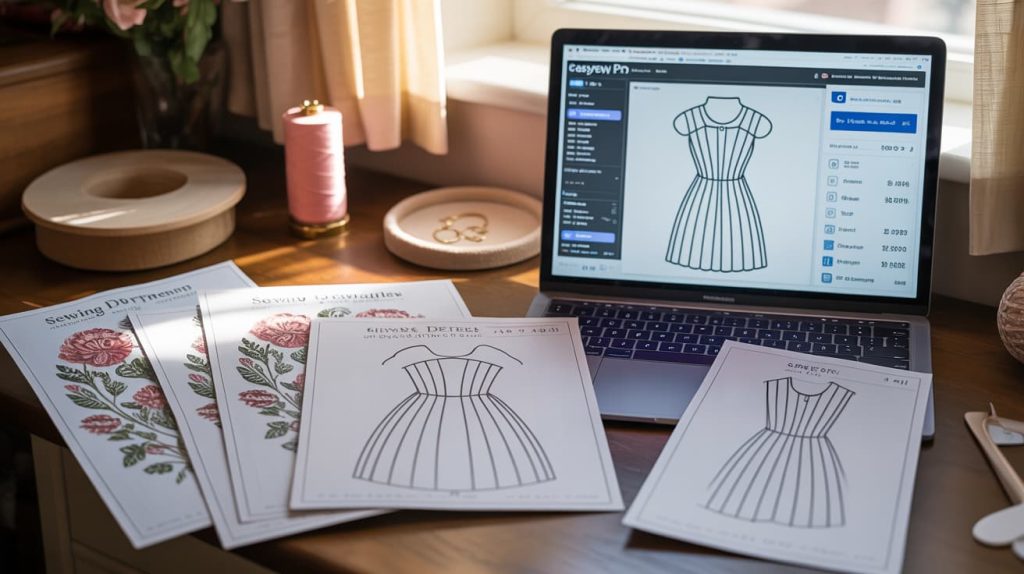
Tools You Need for Sewing Pattern Design
Whether you’re working on paper or digitally, you’ll need some basic tools:
- Measuring tape
- Pattern paper or kraft paper
- French curve and hip curve rulers
- Straight ruler
- Set square
- Scissors and pins
- Pencils and markers
- Optional: Sewing pattern software like CLO 3D, Optitex, or Adobe Illustrator
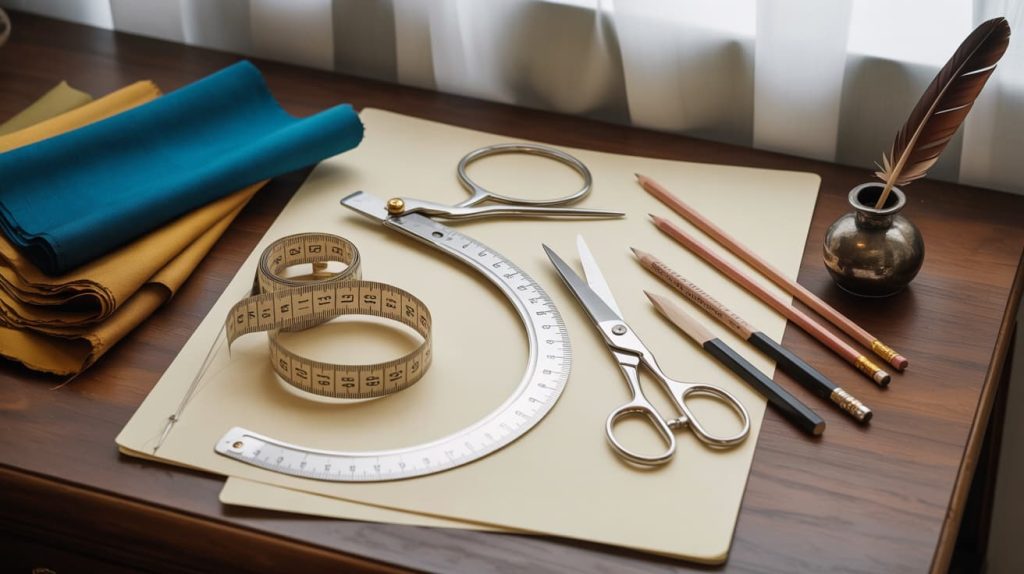
How to Create a Sewing Pattern
Here’s a simplified step-by-step process:
Step 1: Take Accurate Measurements
Every pattern begins with correct body or size chart measurements.
Step 2: Draft the Basic Block
Use these measurements to create a base pattern (sloper). This ensures fit and proportion.
Step 3: Add Design Elements
Now adapt the block to your style—add darts, pleats, necklines, sleeves, or hems.
Step 4: Mark Seam Allowances & Notches
These guide the cutting and stitching process.
Step 5: Test with a Muslin Sample
Sew a test garment from cheap fabric to check fit and design.
Step 6: Adjust & Finalize
Correct any errors and finalize the pattern for production.
👉 Don’t have time to learn all this? You can easily outsource your sewing pattern design on Fiverr and focus on the creative side of fashion.
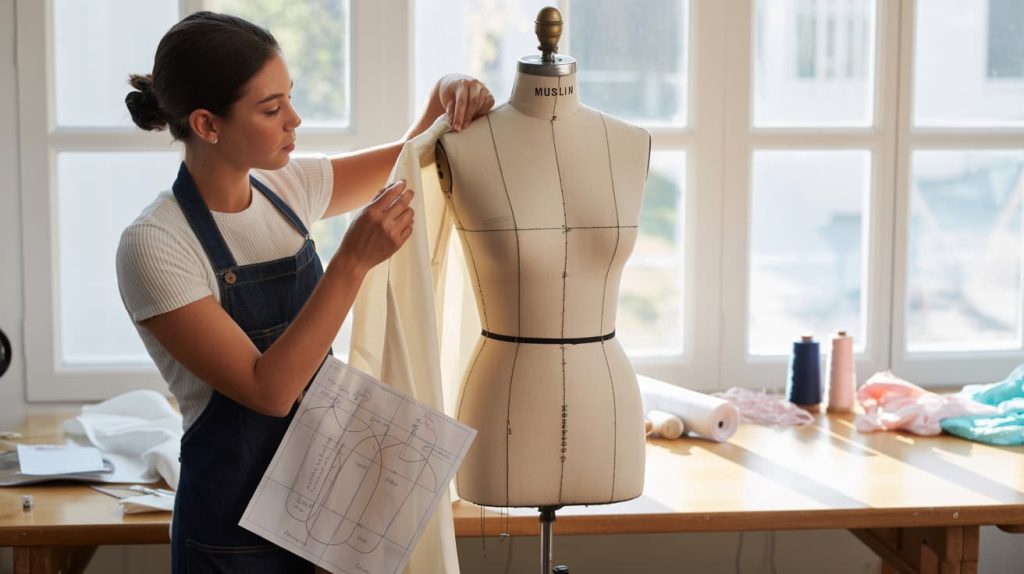
Digital Sewing Pattern Design
With fashion moving online, many designers now prefer digital patterns. These can be created using software and shared directly with factories.
Benefits of digital sewing patterns:
- Faster revisions
- Easy to store and share
- 3D visualization possible
- No paper clutter
Popular tools include CLO 3D, Optitex, Gerber, and Adobe Illustrator.
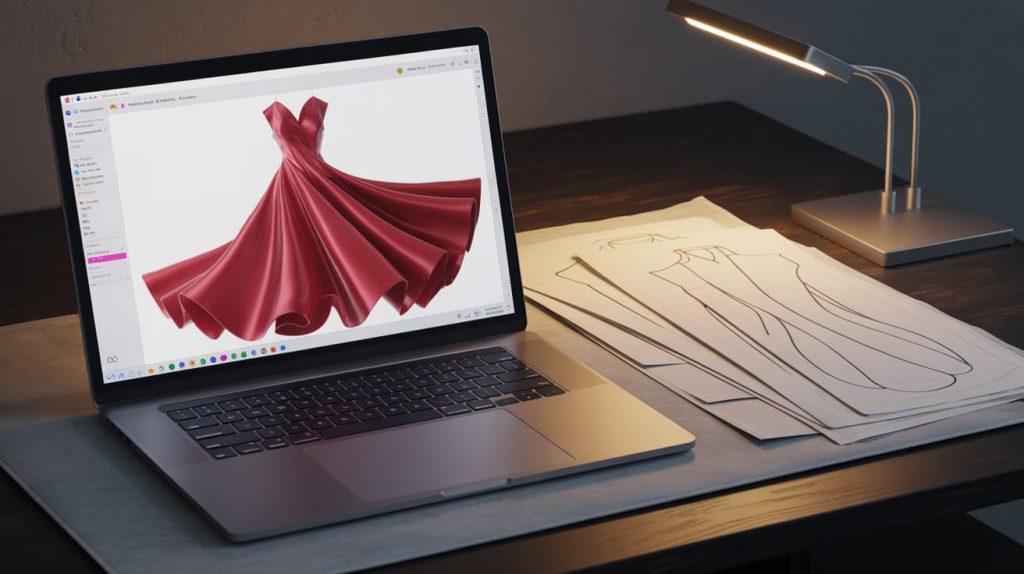
Common Mistakes in Pattern Design
If you’re new to sewing pattern design, avoid these common mistakes:
- Skipping the muslin test fit
- Forgetting seam allowances
- Making unclear notches and markings
- Using inaccurate measurements
- Not keeping track of pattern revisions
👉 Save yourself from these costly errors—consider working with a professional sewing pattern maker on Fiverr who already knows industry standards.
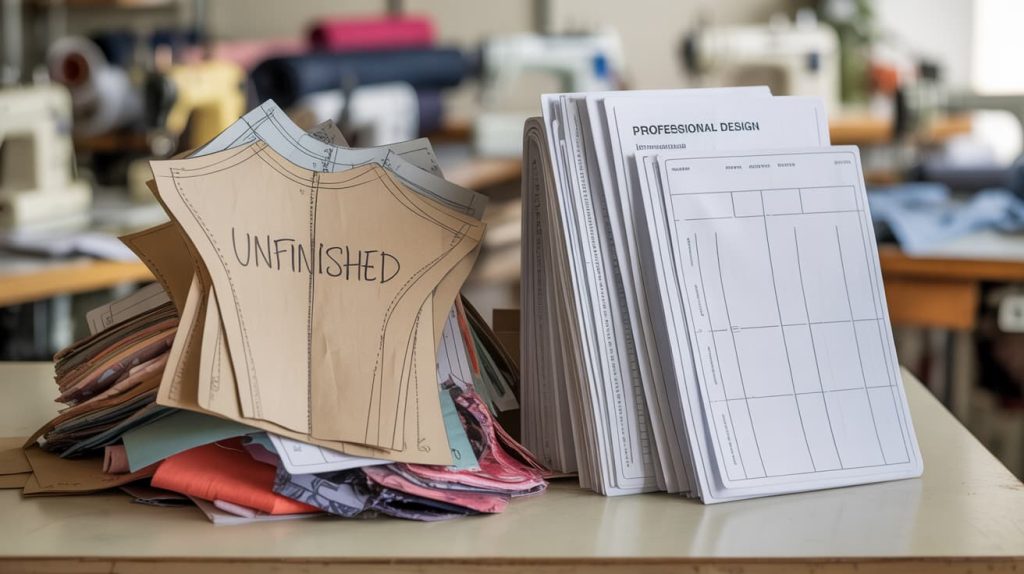
How Much Does Sewing Pattern Design Cost?
The price depends on complexity.
- Simple patterns: around $20–$50
- Intermediate garments with details: $50–$100
- Advanced/digital/3D patterns: $100–$200+
Hiring an expert may seem like an extra cost, but it’s an investment. Bad patterns waste fabric, time, and money in production.
👉 If you want budget-friendly but professional results, check out affordable sewing pattern designers on Fiverr.
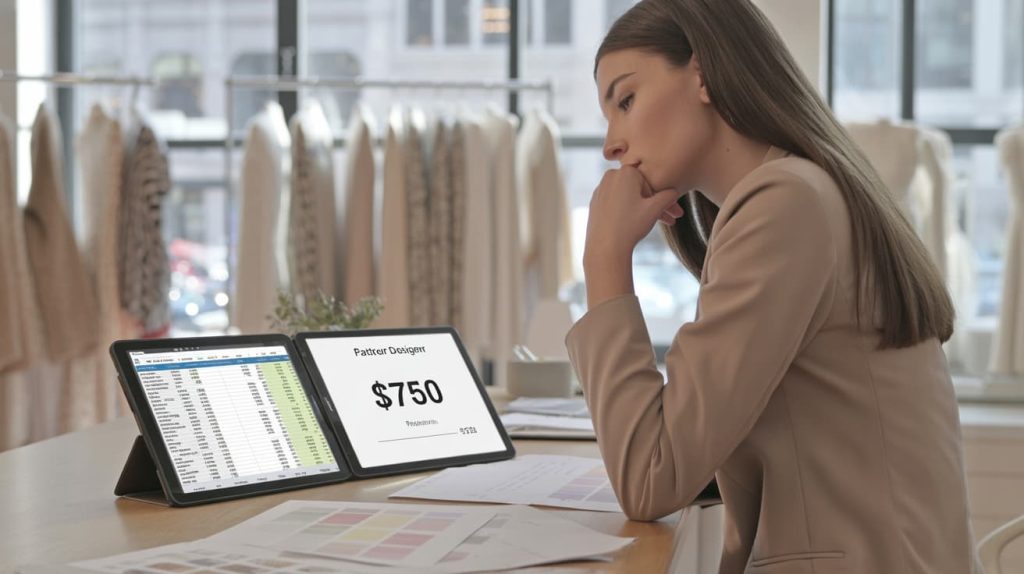
Final Thoughts
Sewing pattern design is the backbone of fashion production. It transforms your sketches into functional templates that manufacturers can follow. Whether you create patterns yourself or hire someone to do it, having accurate patterns ensures your clothing fits well and looks professional.
If you’re starting a clothing line, don’t overlook this step. Learn the basics, experiment, and when in doubt, outsource to experts.
👉 Ready to bring your fashion ideas to life? Hire a sewing pattern designer on Fiverr today and make your designs production-ready with confidence
